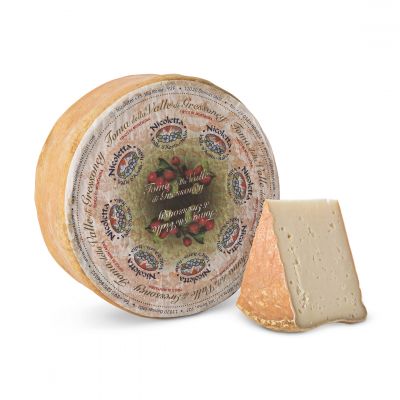Supporting small breeders and cheese-makers, recognizing the value of their products: we present the results of a research that struck us and which is one of the drivers of the Estrema d’Alpeggio Fontina DOP project
⏱ 3 MINUTES READING
We interviewed Carlo Francesia, from the Institut Agricole Régional of Aosta Valley about his research on the remuneration of the zootechnic entrepreneur, to understand the costs of producing raw milk cheeses.
Being a small mountain farmer is a hard work, a physically heavy and full-time job, without Saturdays or Sundays.
The production just for the sale of raw milk provides about one hundred hours of work per year for each cow, plus about 850 hours for the management of the meadows. This is a very low-paid job: with the production of just raw milk, a farmer earns only over 3 euros per hour. The situation changes when, instead of delivering the milk to the dairy, the farmer decides to undertake by himself its transformation into other products, from cheese to yogurt.
The study carried out a few years ago by the Institut Agricole Régional of Aosta Valley tried to put these data on paper and exploit them for the construction of different scenarios, to understand how to enhance the work of the Aosta Valley zootechnic entrepreneur. The study focuses on the production costs and profitability of the valley dairy farms, which are part of the cooperative dairies.
It is a research that can also be replicated in other contexts, as long as the parameters dependent on the reference territory are changed, says Carlo Francesia, one of the authors. This year the same method will be used to study the Aosta Valley mountain pasture farms.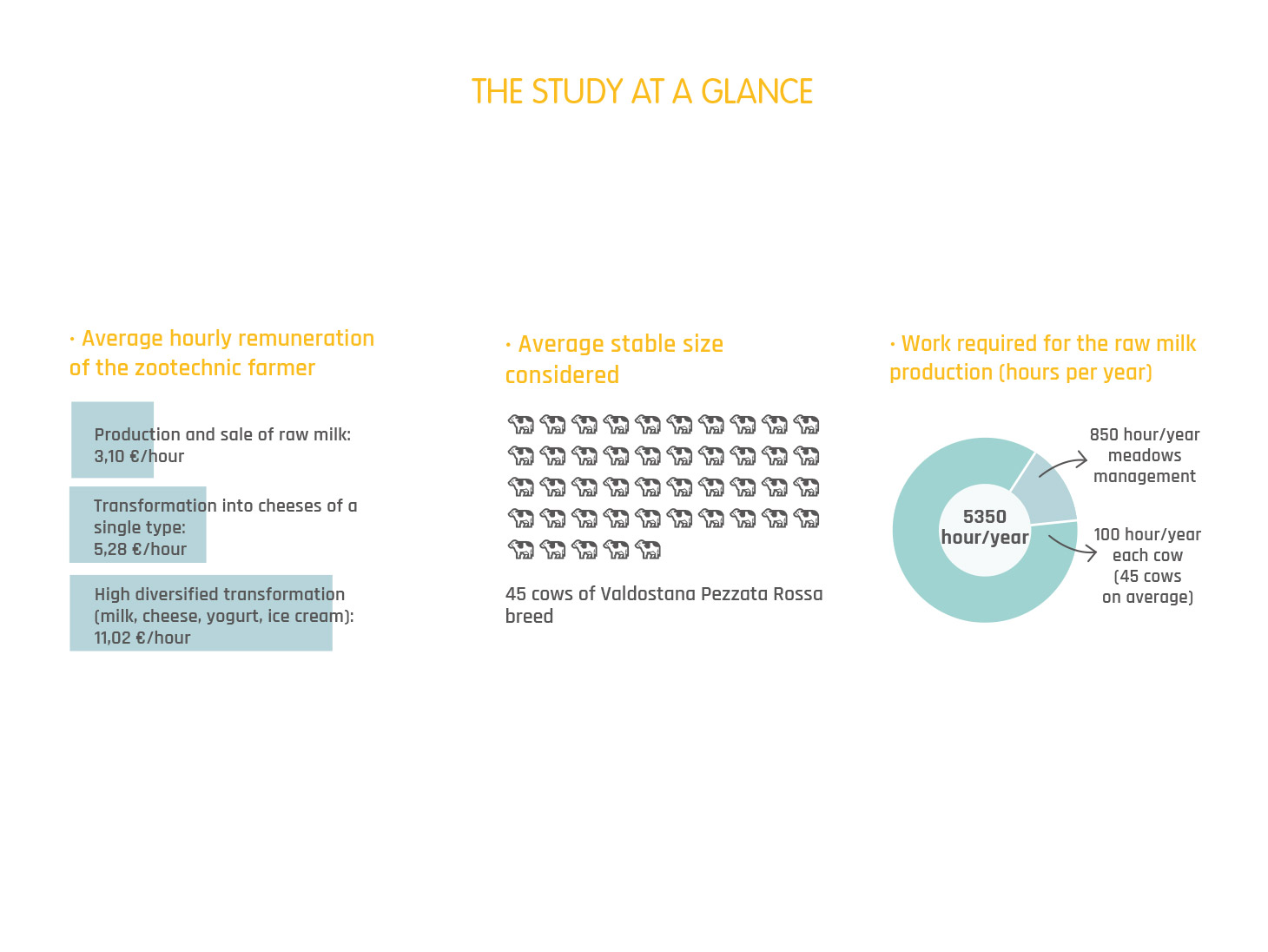
Professor, why did you decide to start this project?
From the zootechnics world we have received a request to investigate the issue of milk production costs, relating them to the price paid by the dairies of the “Fontina system” in order to imagine a possible transformation of livestock farms. So we hypothesized different transformation scenarios, with the aim of providing food for thought to entrepreneurs as well as to policy makers.
What are the scenarios?
The first contemplates the simple transfer of raw milk to the dairy, the second the transformation of milk into a single type of dairy product (fresh cheeses or aged cheeses), the third the transformation into many types of products, from cheeses to yogurt, up to ice cream.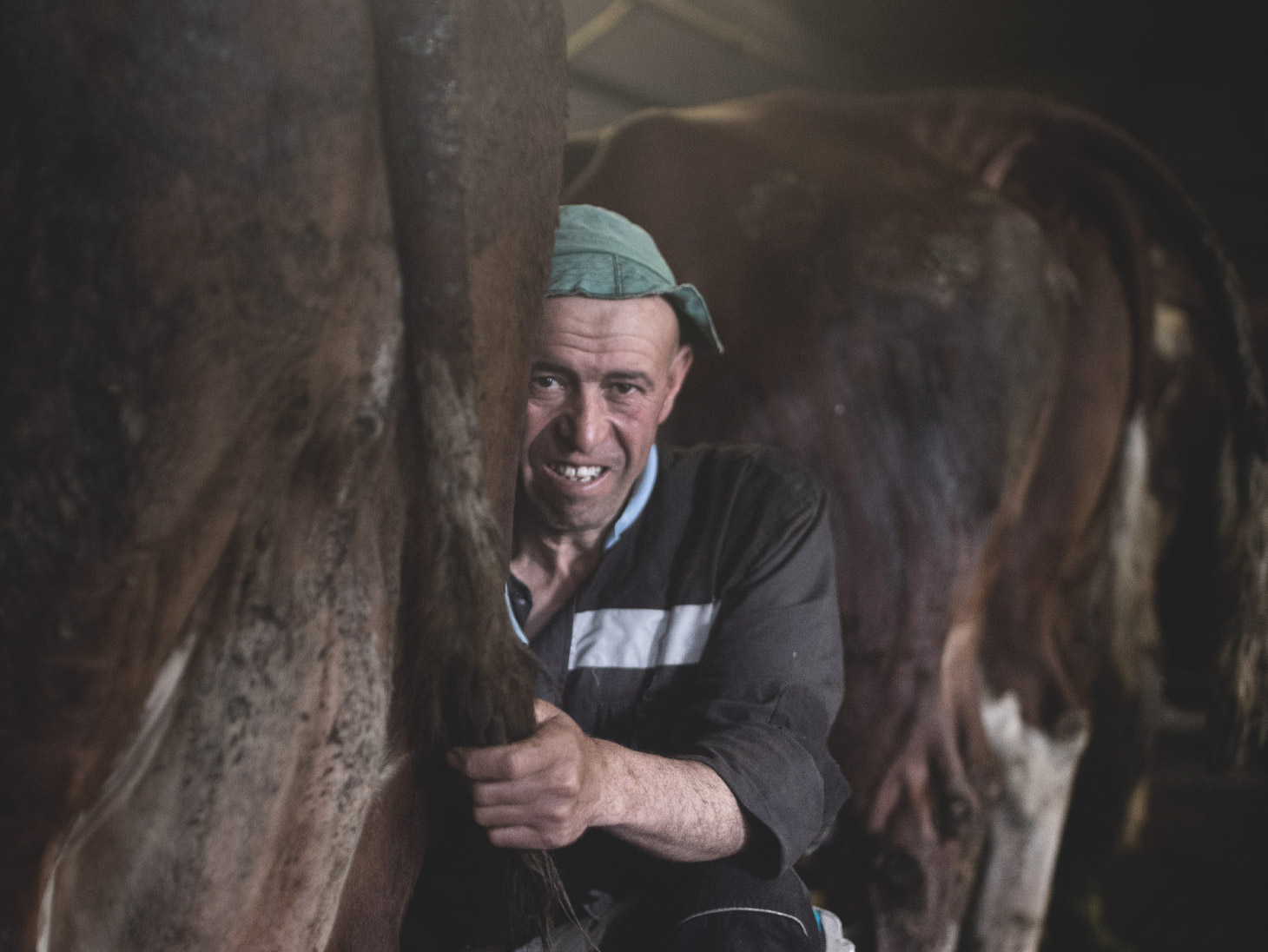
What are the results?
With differentiation, added value is generated. In cases of more high differentiation, the hourly remuneratin doubles, going from € 3,10 to € 8,65, in some cases reaching € 11 per hour. But there’s a problem.
What is the problem?
The transformation requires some investments: a laboratory, a cellar for maturation, machinery, a sales point are needed. But the main problem is related to the peaks of work. A mountain livestock farm is already overworked: we estimated 4000-5000 hours per year divided by the two or three people part of the family unit. Adding other tasks related to the production and maturation of cheeses involves a surplus of work that can even reach 4000 hours more. At least two other workers are needed, which have an average cost of 11 euros per hour. 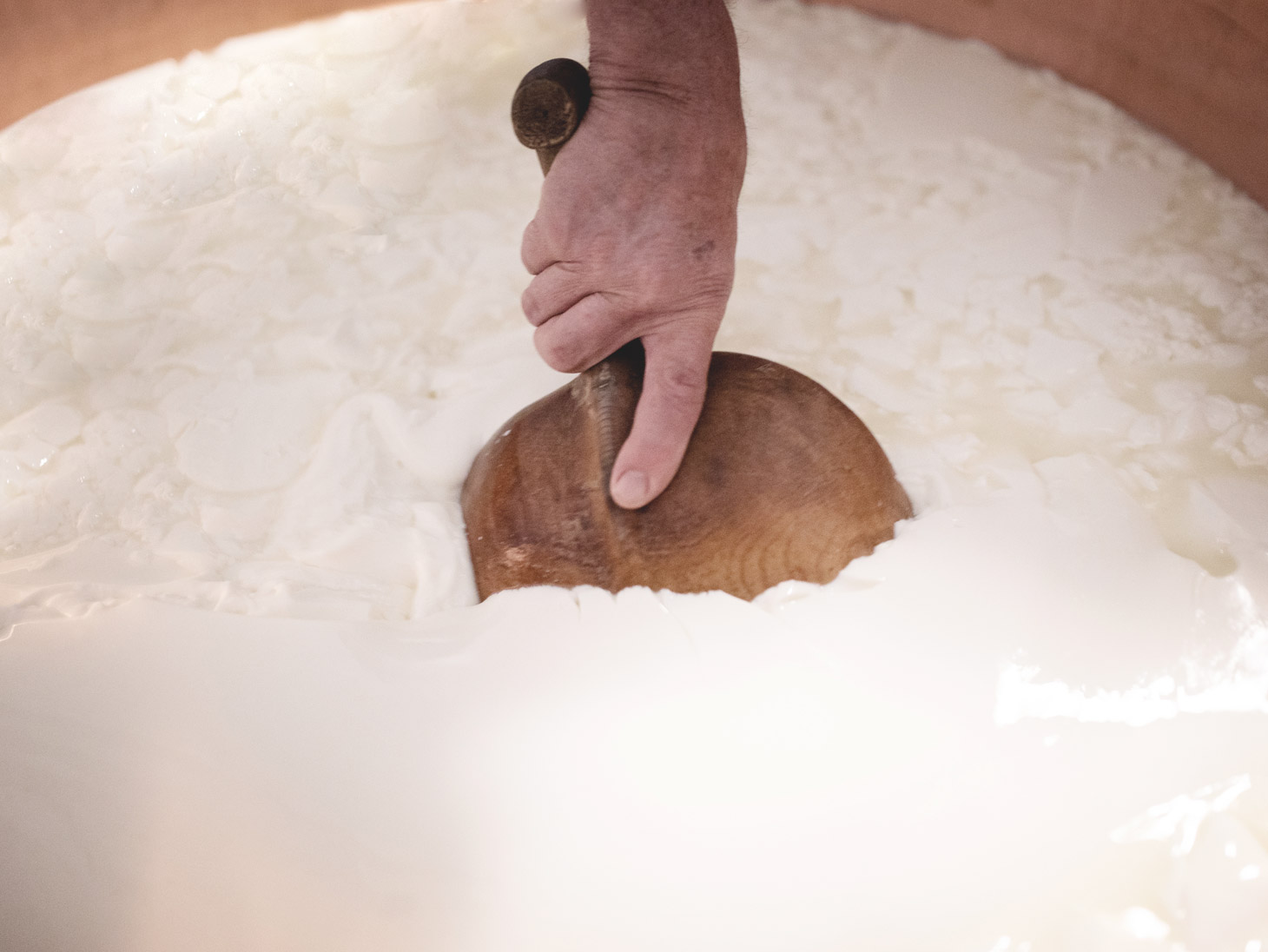
What solution could there be then?
An associative system could come into play. By combining companies that specialize in one or two products and sell them under the common brand in the shops of the valley floor, the problems mentioned could be avoided. It would be a sustainable solution, which would allow the company a better life and could provide a stimulus to young people who want to take up this profession.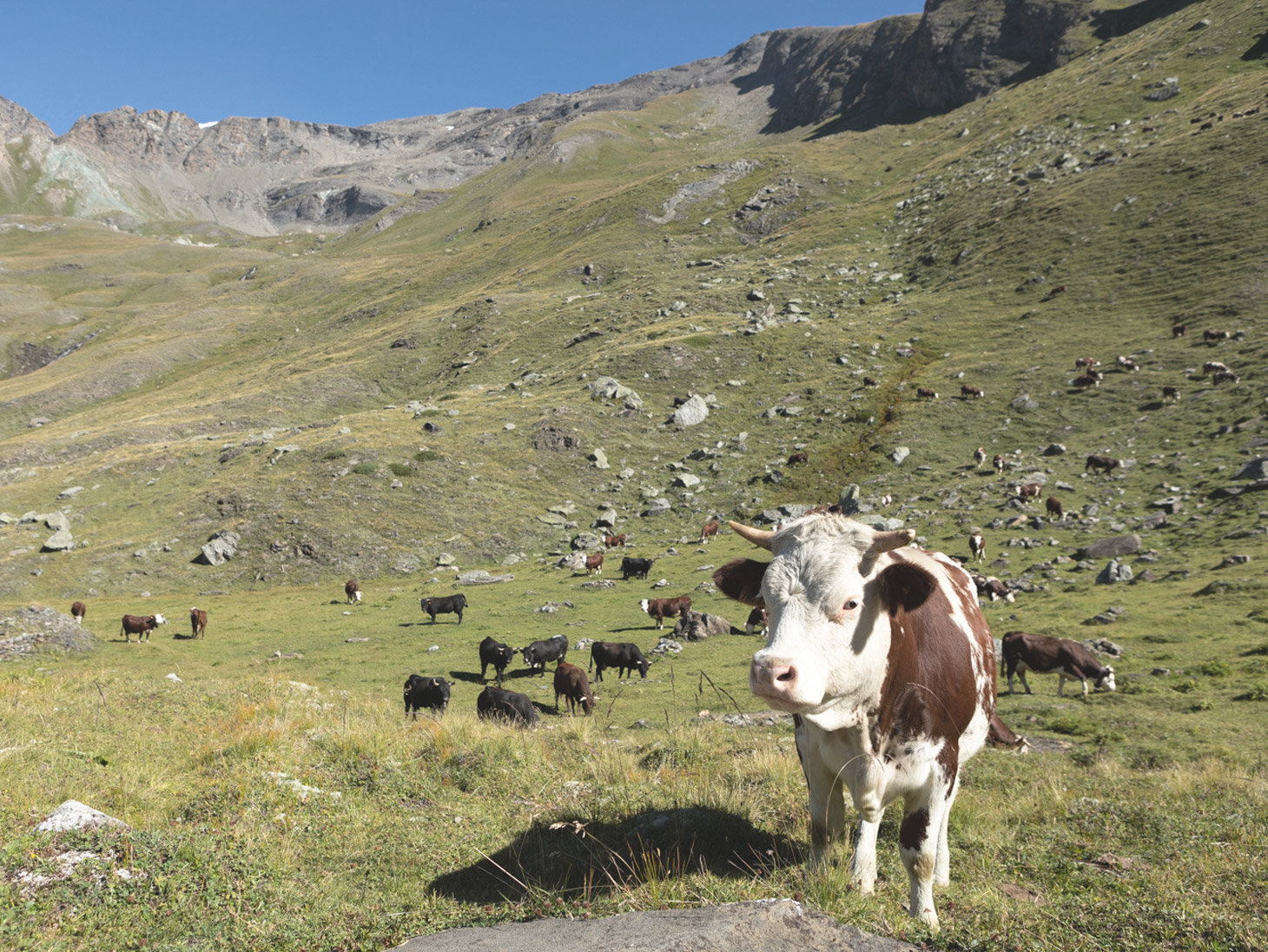
In addition to the economic aspect, what are the other positive effects of these activities on the territory?
In addition to producing food, a livestock farm helps to conserve environmental biodiversity through the presence of livestock in the pastures. This also guarantees a better regulation of the waters and endurance of the slopes. Other important aspects are the maintenance of the population on the mountain territory and the preservation of the relative culture.
Besides Fontina, is there any other local cheese that you would recommend?
I really like mountain pasture tomme, made with skimmed milk. The most famous is the Toma di Gressoney, a delicate product, excellent for gastronomic applications: In addition, it also allows a good production of cream surfacing from milk.
Giulia Basso
journalist of "Il Piccolo" newspaper in Trieste




